Blog, News, Videos and Useful Resources
How Yoga Can Solve Your Back Pain
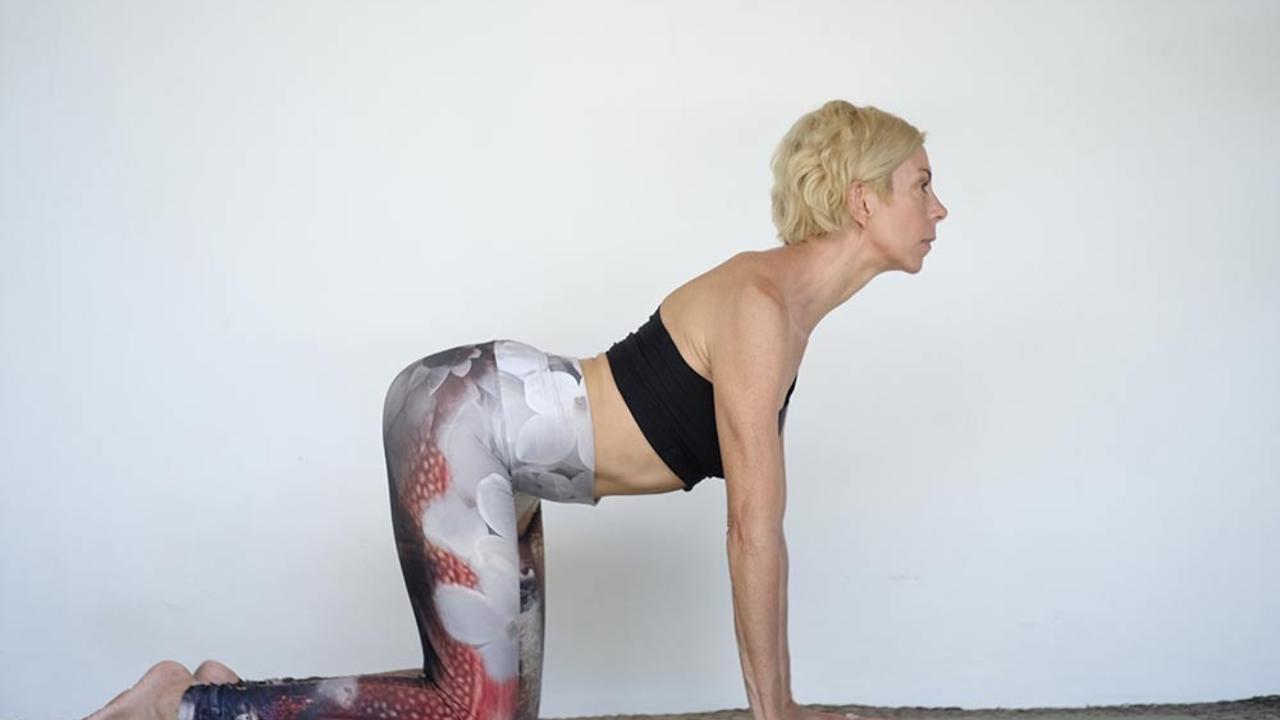
Will yoga solve my back pain?
Maybe…. With the right guidance designed especially for your particular type of back pain. Yoga asana is a complex method that requires a great understanding of your body and the unique way you move it. As everybody is different, this requires a clear understanding of what movements are right for your body type.
How much, how far can be ok for one body but when it comes to back pain this is a completely different story. Hence why prescribed generic yoga poses are not the smartest way to go about eliminating your back pain.
Here’s why. Over 20 years of teaching yoga I’ve seen my fair share of different bodies and how their owners move them. When dealing with back pain without the guidance of an experienced teacher understanding how your body moves this leaves you trying to replace this knowledge. So if you don’t know what is aggravating your pain, how can you know how to solve it?
Makes sense right?
Another consideration is the picture you are viewing is often the end range of a yoga pose. I can guarantee you, this is not an image of someone who’s experiencing back pain. When you try to emulate these images could this make your pain worse?
So how would feel if you could do something specific yet simple that would give you a clear guideline to what your body can and can’t do without pain? How would this inform your overall movement and your practice of yoga? How this information can start you on the road to becoming your own teacher of your body. After all, it is your body.
To start you on the journey of getting to know your body better and beginning to understand the root cause of your pain check out these simple movements that are based on a functional range of your movement.
Start here
Standing in front of a mirror in your underwear. Stand hip-distance apart and level your feet off so your toes are aligned.
Guidelines: Image you are in a glass box so the way you move needs to be aligned with the description and picture.
Stack your head, ribcage and pelvis on top of each other and your gaze is straight and never down.
- Posture check
- Is one hip higher?
Check; Put your hands on your hips and check if they’re level?
Movement check
Guidelines: To help you specific results imagine a glass panel either side of your hips, so when you move you have to keep this movement to an up/down rather than side-to-side, otherwise you break the glass.
- Keep your feet are hip-width apart, without lifting your heel bend one knee and keep the opposite leg straight.
Does this hip drop down and the opposite hike up?
Repeat a few times to see what is actually happening?
If you bend the opposite knee, does that hip drop down and the opposite lift up in the same way the first side did?
If not, what’s happening?

Posture check for shifted off the centre pelvis
- One leg weight-bearing more than the other?
Check; Is the inside of one arm closer to your leg?
Movement check;
Guidelines: glass panels are in front and behind you, so you keep this movement into a side to side and not forward/backwards.
- Shift your weight over to the leg that you feel heavier on.
How far and easy is this side.
Repeat and do the opposite side.
Have you the same range of movement?

Posture check for a rotated pelvis
- Hands-on your hips.
Check; look down, is one hand forward of the other?
Movement check;
Guidelines: You’re in a glass tube so you keep this movement into rotation and not side to side or forward/backwards.
- Rotate your pelvis to the right. How far can you rotate and how easy is it?
Repeat to the left, is it the same, if no, what’s happening?

Posture check for forward/backwards tilted pelvis
- Stand sideways at a mirror.
Is your back arched or flattened?
Movement check;
Guidelines: glass panels are at your sides so keep this movement into a forwards/backwards.
- Tip your pubic bone forwards in the direction of your toes. Does your lower. Back arch?

3. Lift your pubic bone towards your navel. Does your lower. Back flatten?

Can you move easily between tipping forward (towards your toes) and backwards (lifting up towards your navel).
Learning these little moves is like riding a bike, it just takes practice. The more you can move your body equally between each movement on both sides, the less tension you'll have because you're undoing the imbalances that are causing you pain. The difference it'll make to your yoga practice is like you just upgraded to driving a Ferrari.
For a full understanding of how muscular tension and knots lead to poor posture, chronic pain and even emotional stress, check out "Stuck Stress Solutions", my introductory course to somatic movement.
In this, we cover my most effective techniques to identify the real causes of your stress and pain, and how to quickly release that tension in just 10 minutes a day.
Check out Stuck Stress Solutions here.
Stay connected with news and updates!
Join our mailing list to receive the latest news and updates from our team. You'r information will not be shared.
Other Posts
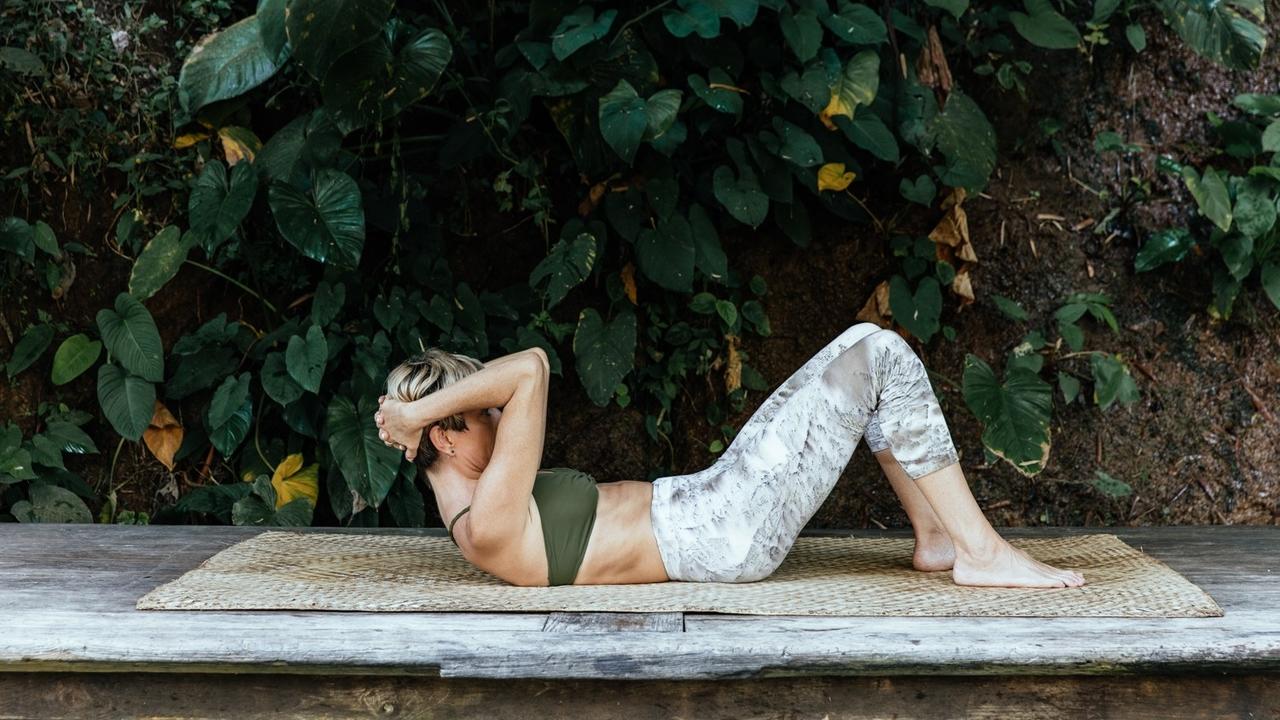
Relax & Release Lower Back Pain Sequence

PSOAs Release Sequence: How To Feel Less Stressed & Triggered

Release Sore, Tight Hip Tension: Invert/Evert Sequence
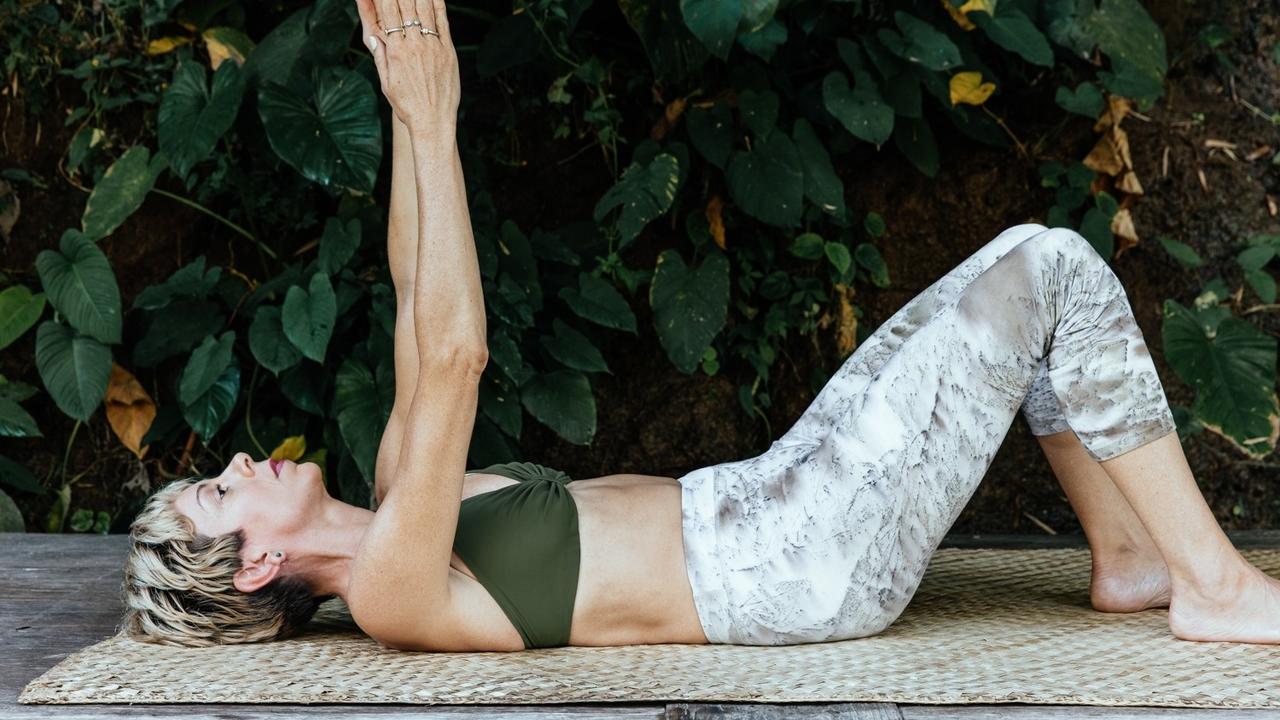
How To Solve Your Stubborn Shoulder Pain: Somatic Shoulder Slings

How Yoga Can Solve Your Back Pain

4 Simple Movements to Release Your Shoulder Pain
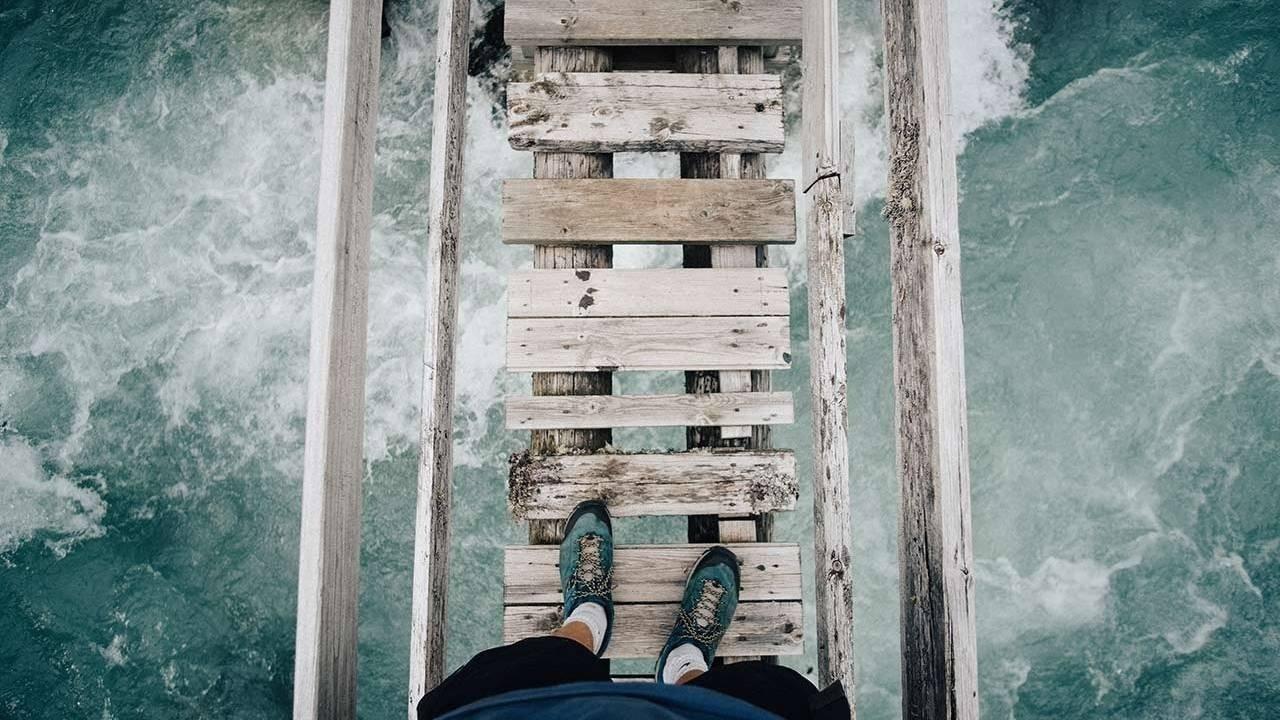
51 Beautifully Fearless Affirmations To Reduce Your Anxiety

9 Powerful Supplements You'll Need To Be Anxiety Free
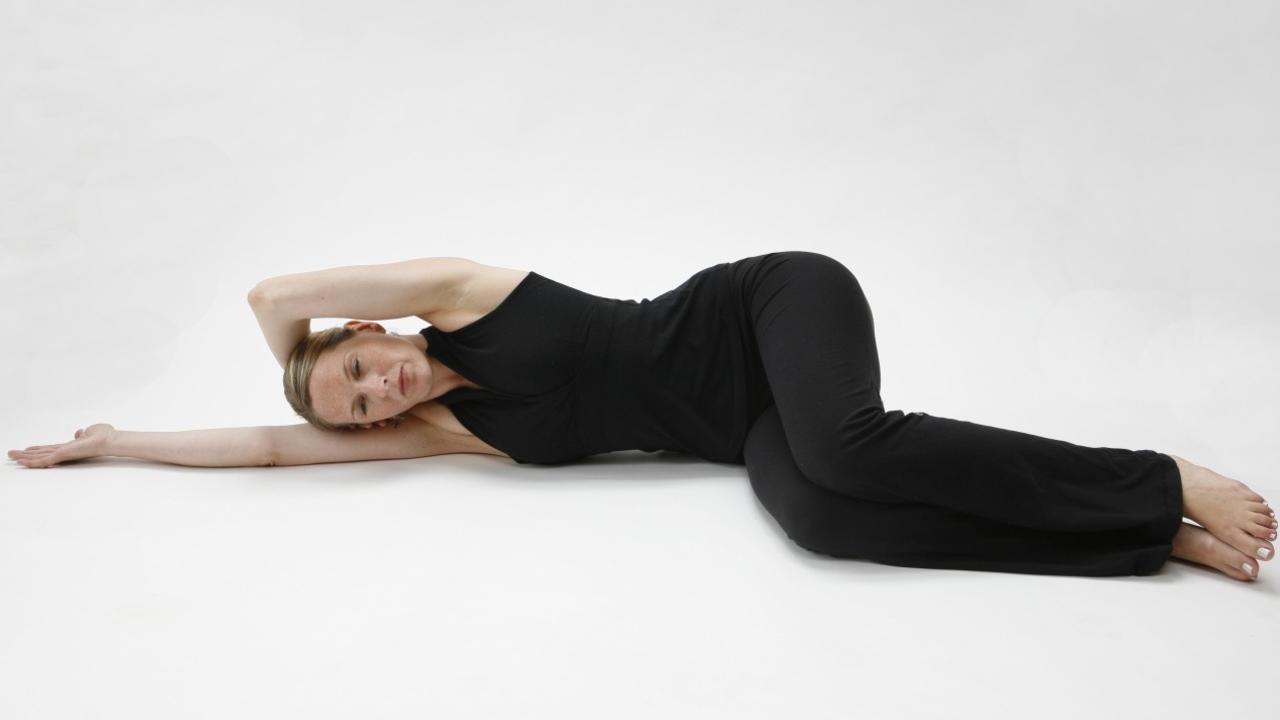
What is Align Somatics?

A Pain Free Life

No Longer Trapped in My Own Body

A Complete Change of Life

Overcoming the Effects of Being Hunched Over a Desk

The Brain Beats Pain

Lower Back Pain Release

How to Relax Those Lower Back Muscles

Learn How to Relax All of Your Back Muscles

How to Improve Shoulder Mobility

Lengthening Tight Psoas Muscles

Techniques for Relaxing Spinal Muscles





